Get access to Sole trader uk Balance Sheet Templates and ensure that your business documents are transparent, compliant, and accurate. Adjust, fill out, or collaborate with your team on the document before sending it.


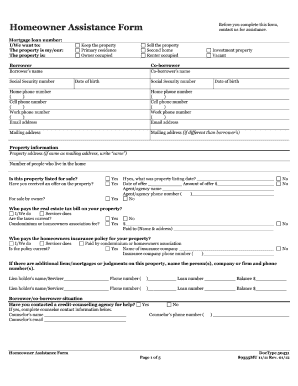

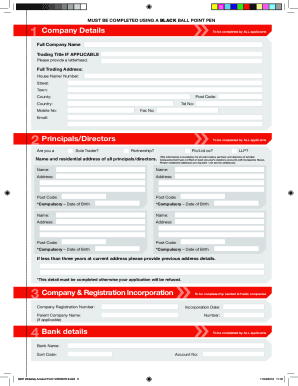



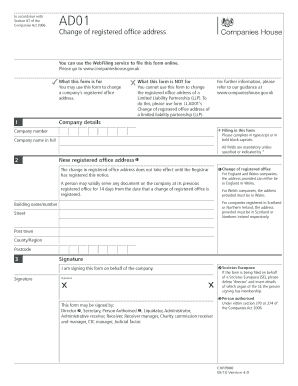
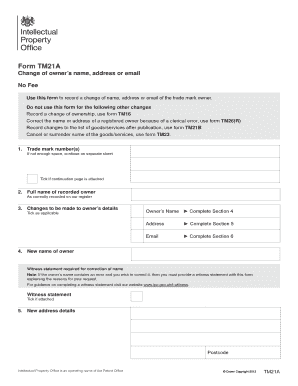


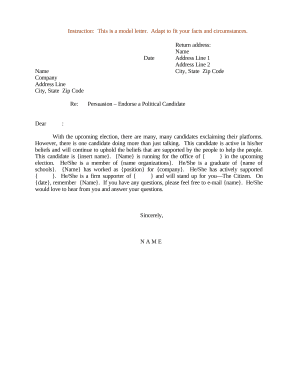

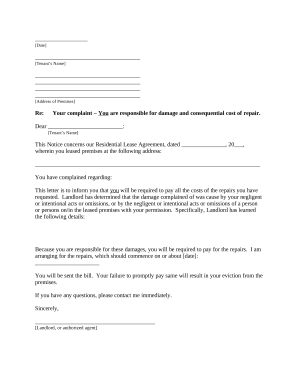
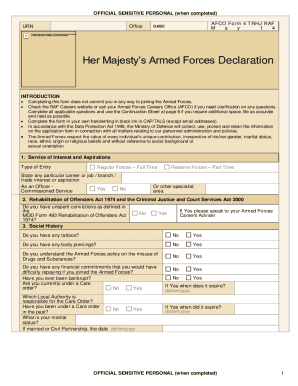
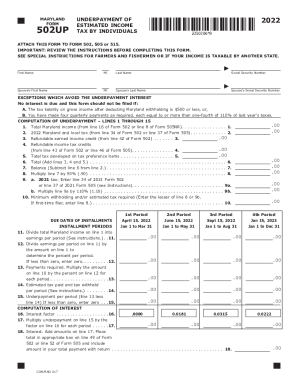
Document administration can overwhelm you when you can’t locate all the forms you need. Fortunately, with DocHub's considerable form library, you can find everything you need and quickly handle it without the need of changing among software. Get our Sole trader uk Balance Sheet Templates and begin utilizing them.
Using our Sole trader uk Balance Sheet Templates using these simple steps:
Try out DocHub and browse our Sole trader uk Balance Sheet Templates category without trouble. Get a free profile right now!